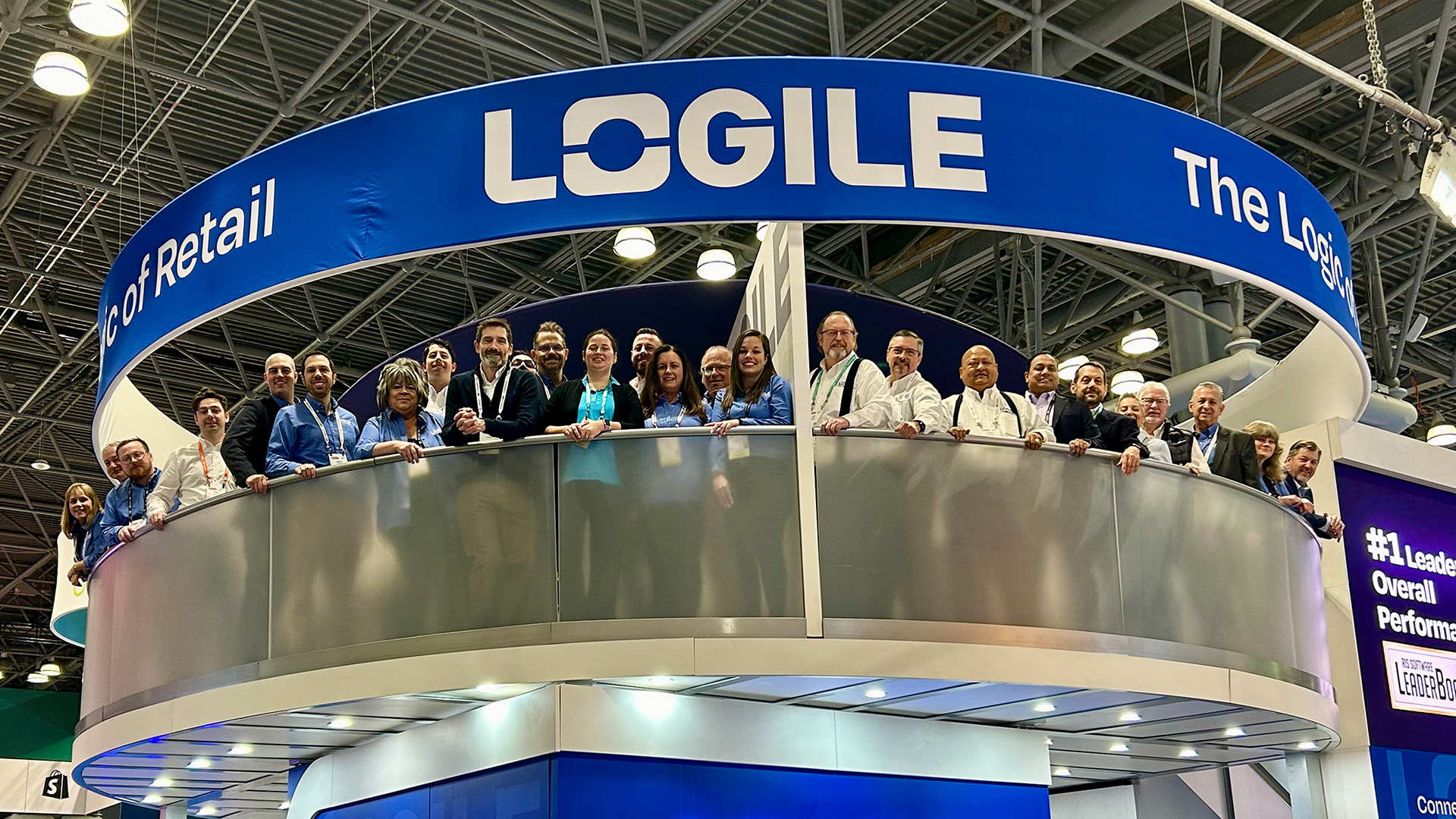1 minute read
Labor Model Integrity: Trust but Validate

Building a detailed labor model is the best way to understand and quantify all the work volumes, activities, service allowances and store-specific characteristics that come together to define a store’s real labor needs. The model then becomes a basis of understanding how potential changes of any sort – work volumes, desired service levels, task frequency, equipment changes, virtually anything – plays out in calculating standard-based earned hours for your stores.
There are a good many assumptions and estimations in any labor model. Does all the work ever really get done completely? Are there always unknown tasks or situations that arise? Will associates be able to consistently achieve standard time for highly repetitive tasks? Can any service allowance accurately estimate necessary queuing time? How realistic can a model be?
The fact that no labor model can be perfect should be understood as a given, not as a fatal flaw. What is important is that your labor model best reflects the reality your business chooses to operate under so that labor resources can be allocated and deployed in a thoughtful way. Your labor hours are a valued resource to fulfill your business objectives for sales and ongoing customer satisfaction.
As you build your labor model avoid critical shortcuts that compromise the integrity of your outputs. Understand what matters most and focus your energies on insuring that your data inputs and labor standards are accurate and reliable. Utilize the best tools available to create your labor standards. Utilize motion based labor studies with MOST whenever possible to update time studies or long-held reasonable expectancies. And, most importantly, validate your standards and especially your service allowances back to reality through observations in your stores.
Validation of standard times and service allowances is an ongoing discipline that cannot be forgotten. It’s a process that always provides value in solidifying the confidence of your approach or in understanding the gaps that exist to making the standard realistic. If your labor team is leveraging a model to support budgeting, forecasting, labor planning and scheduling, be sure that some of your team’s bandwidth is expended to test and validate how work is performed in your stores and how your guests are served. Validation observations take time but often deliver big and sometimes unexpected insights. Validation leads to refinement; and continuous improvement is a theme for labor departments to embrace as much as the organizations they serve. If validation helps you to better calibrate your model, then everyone benefits.



